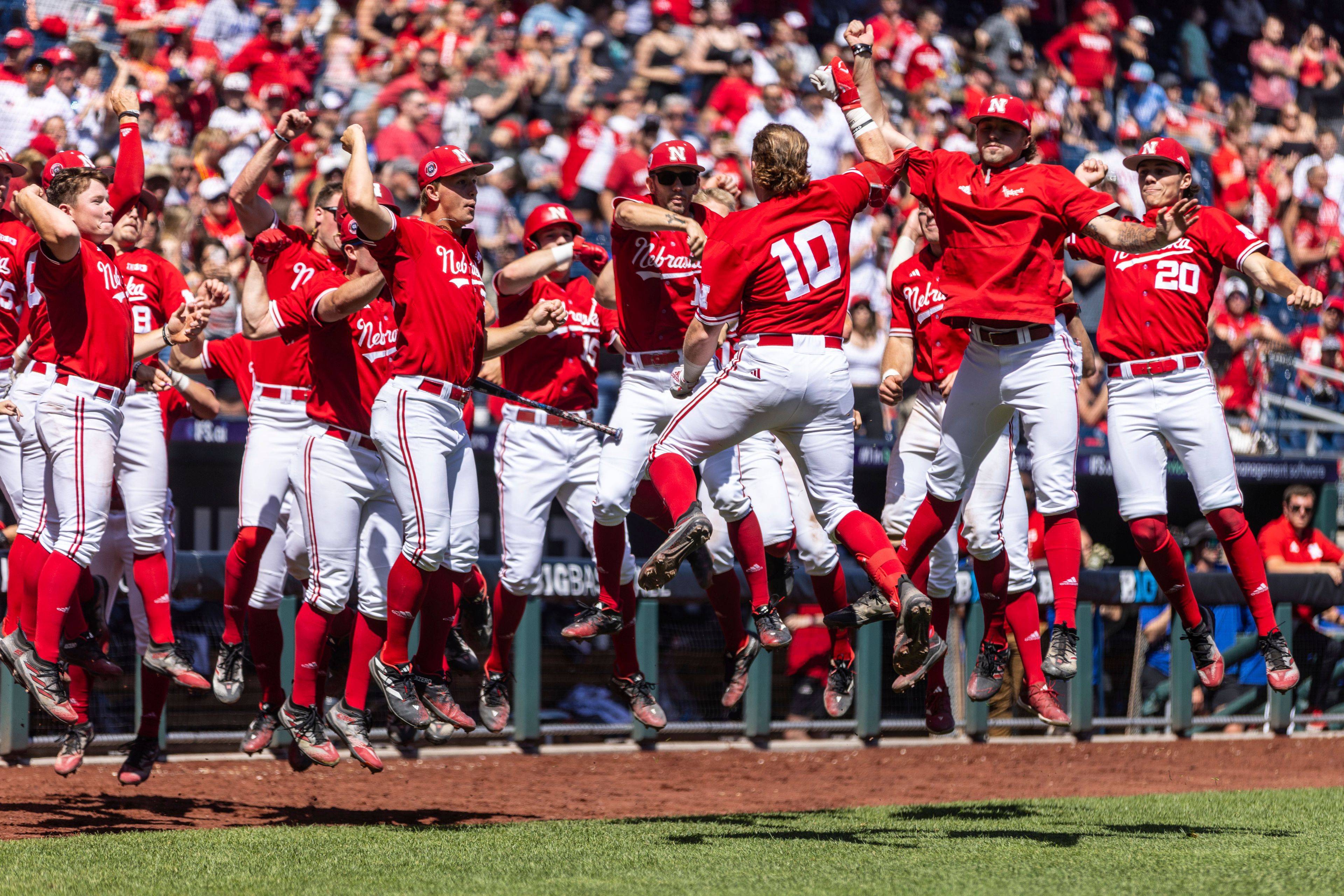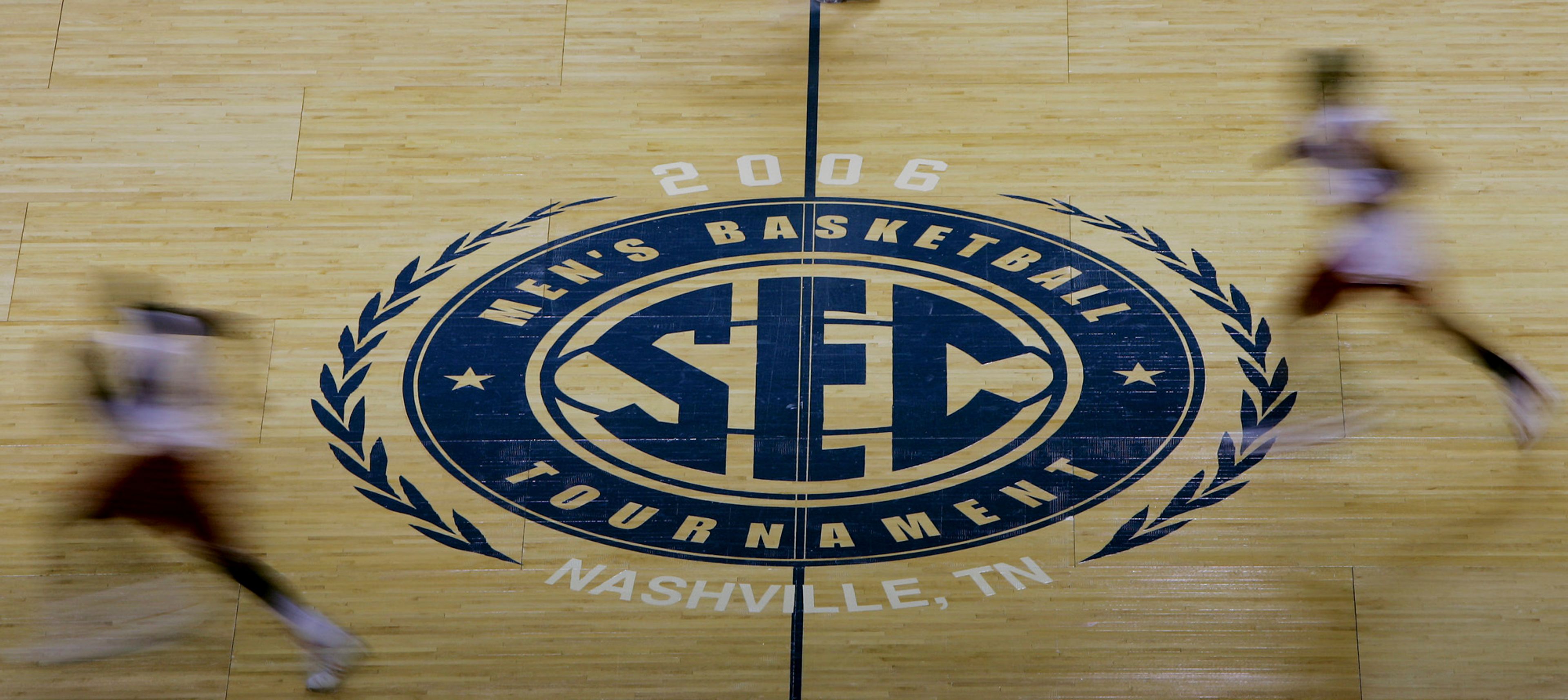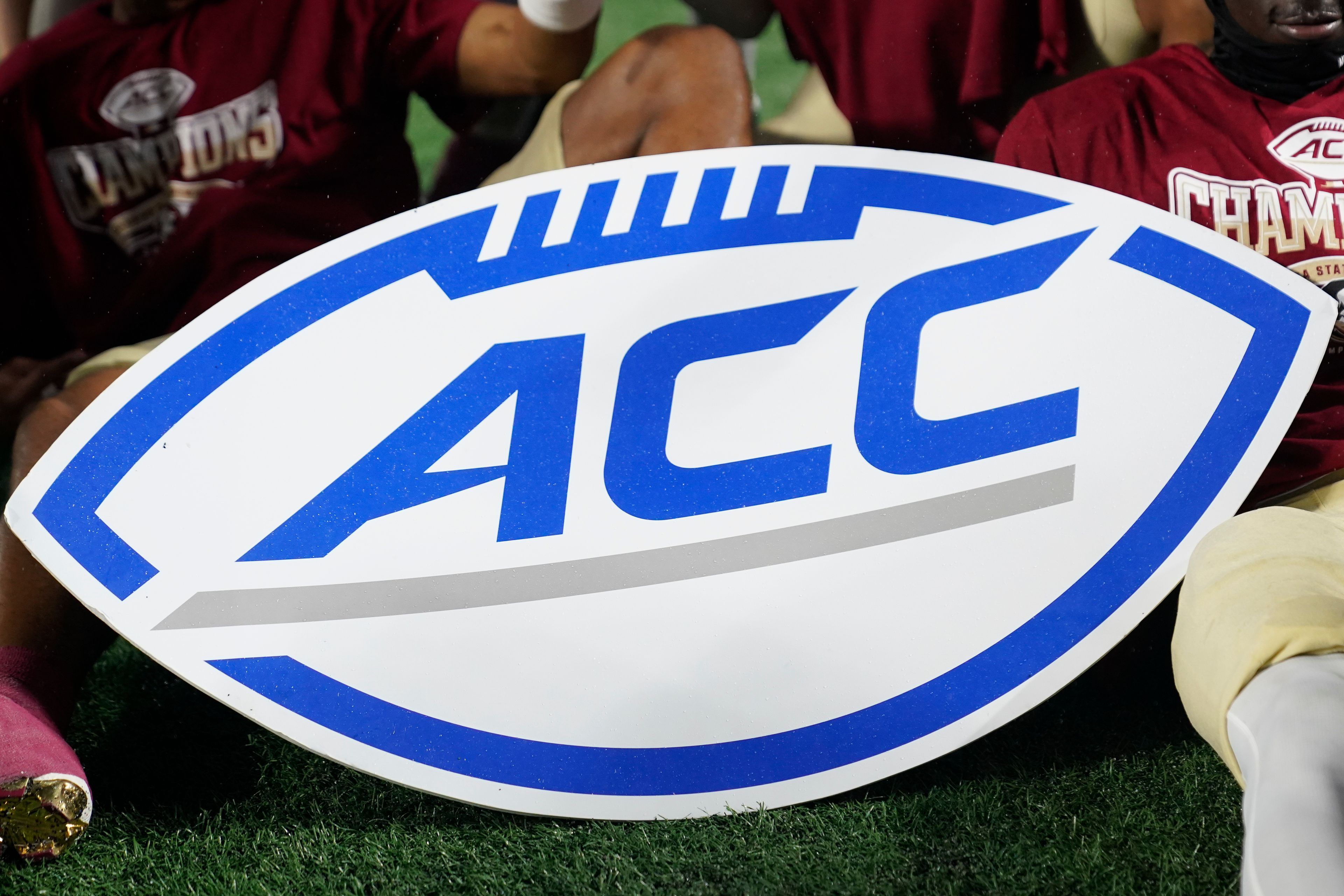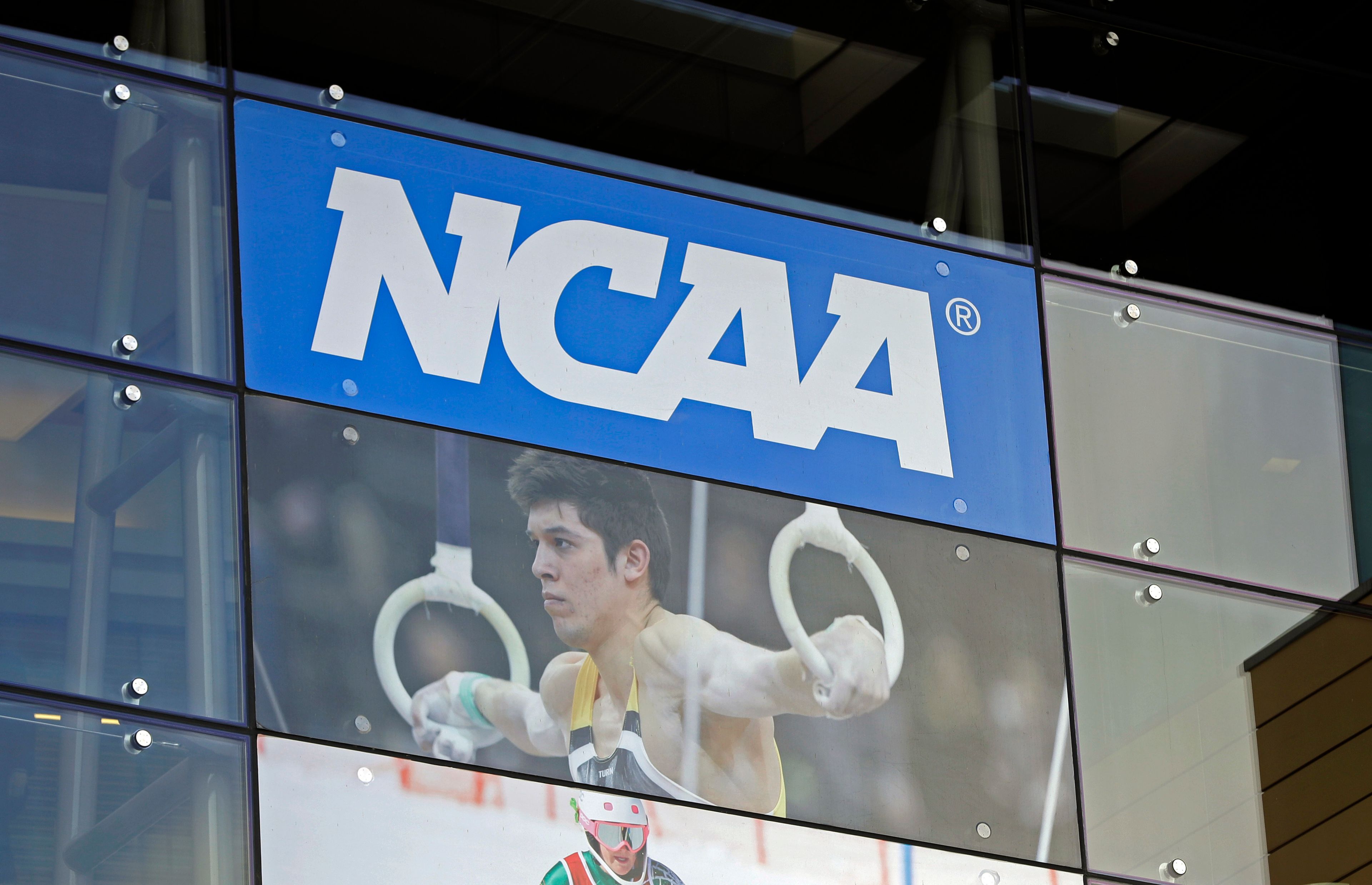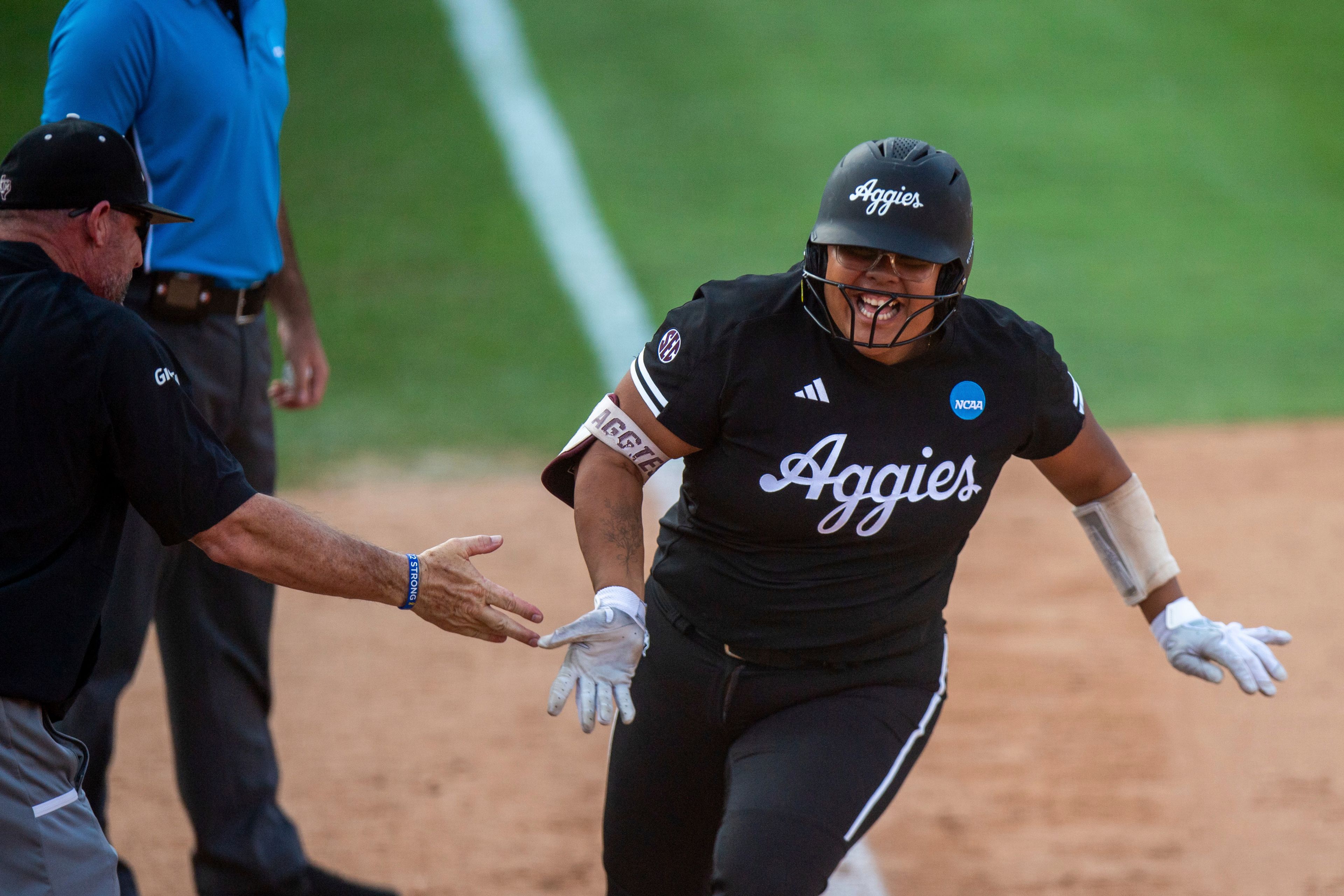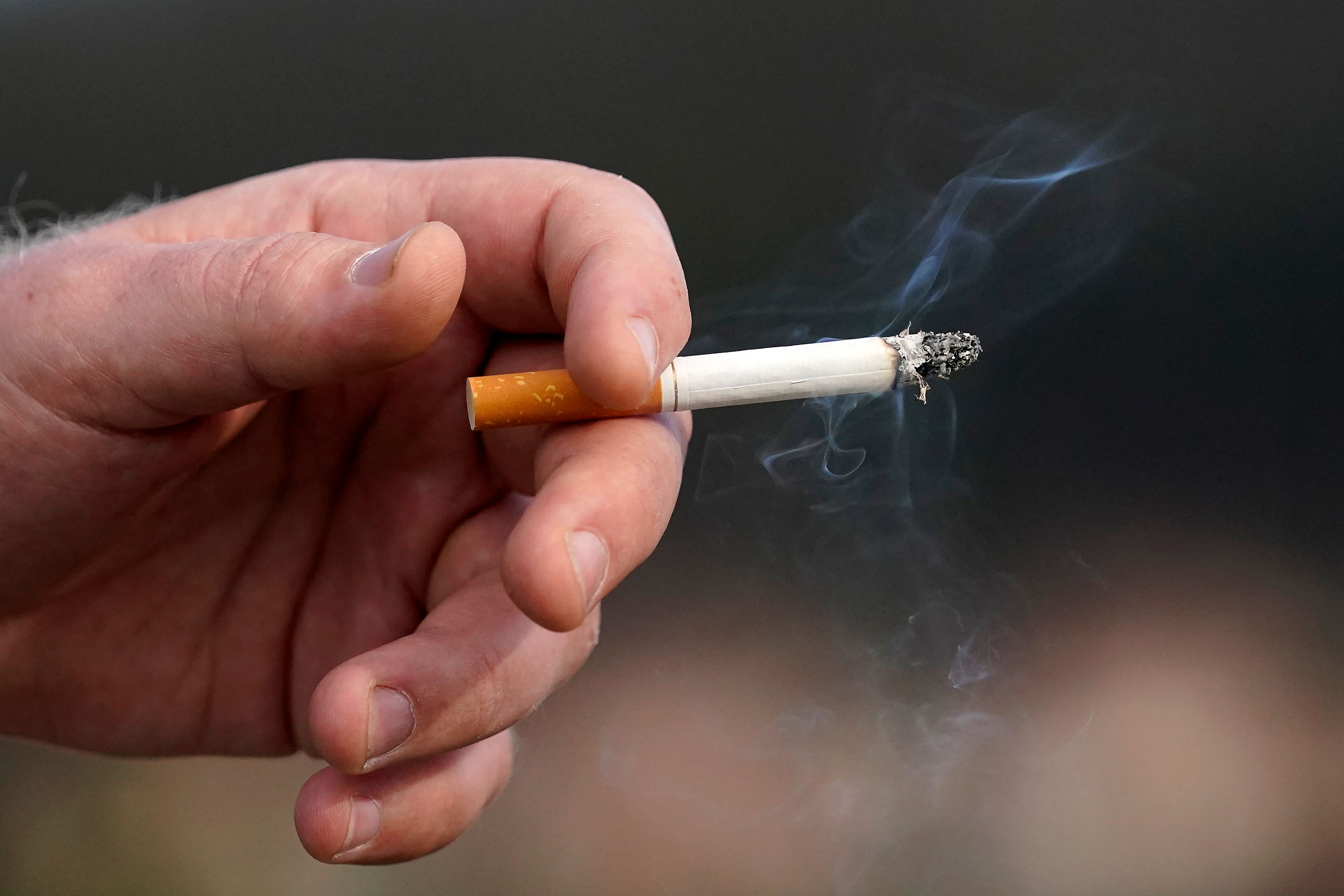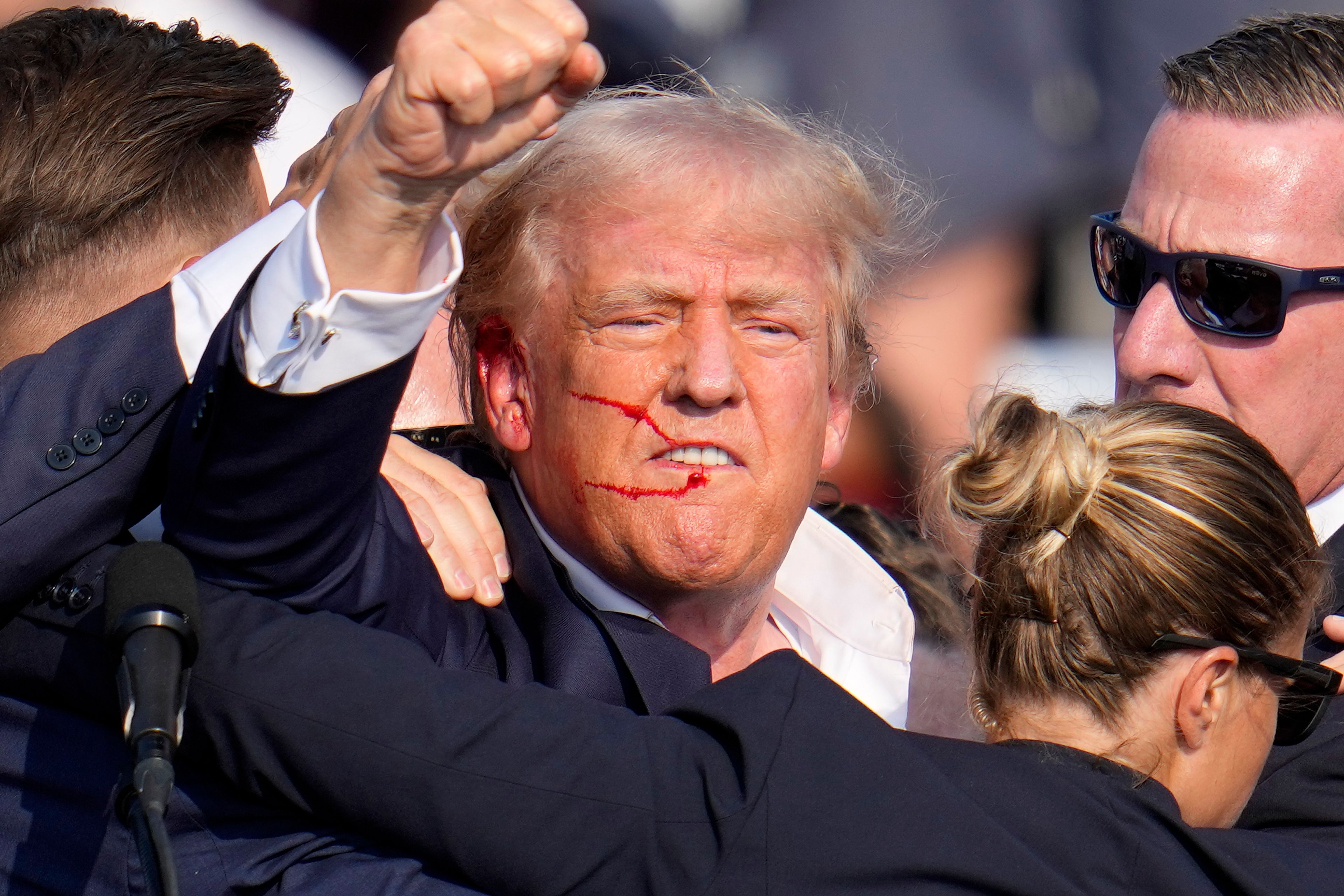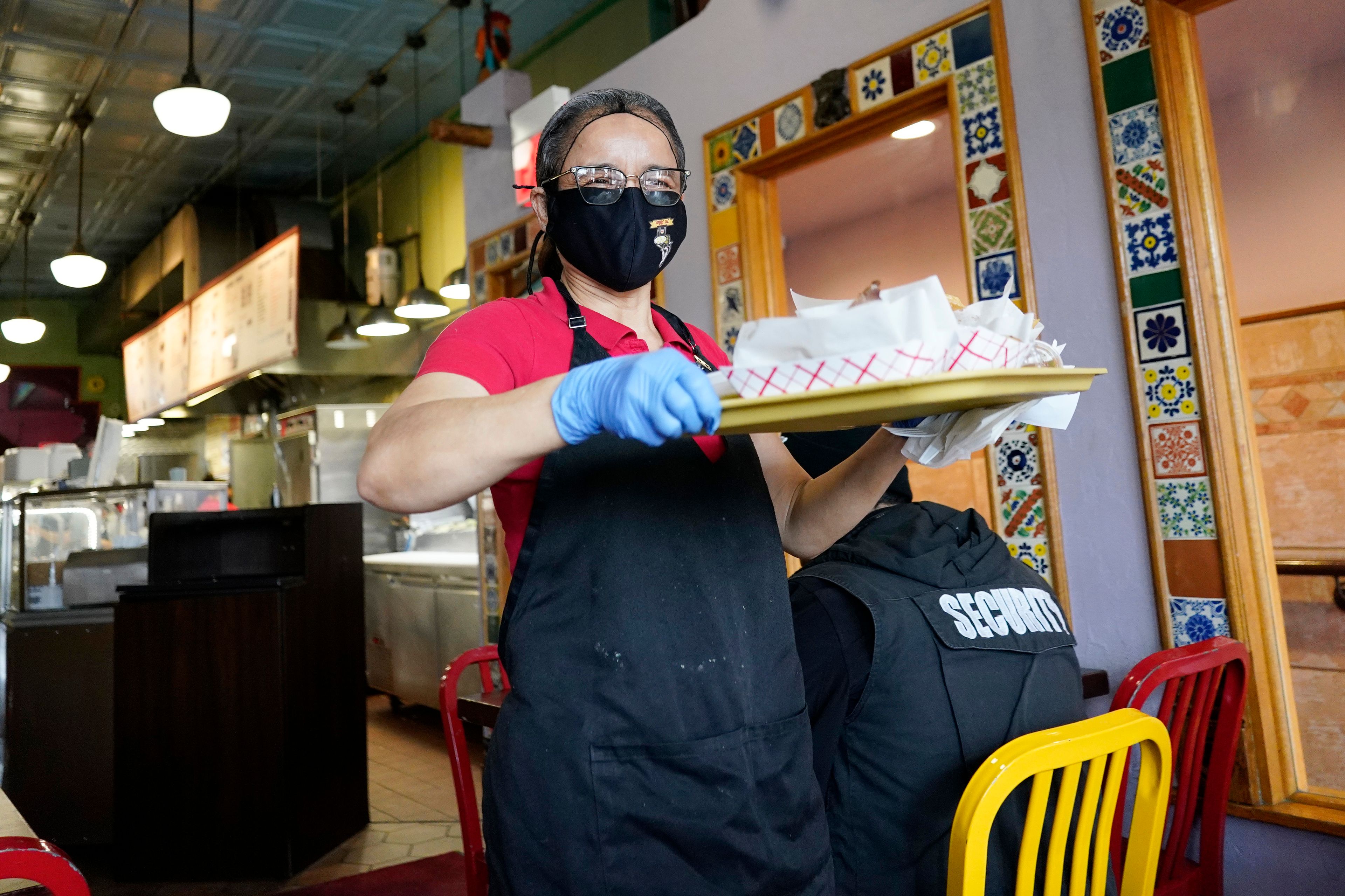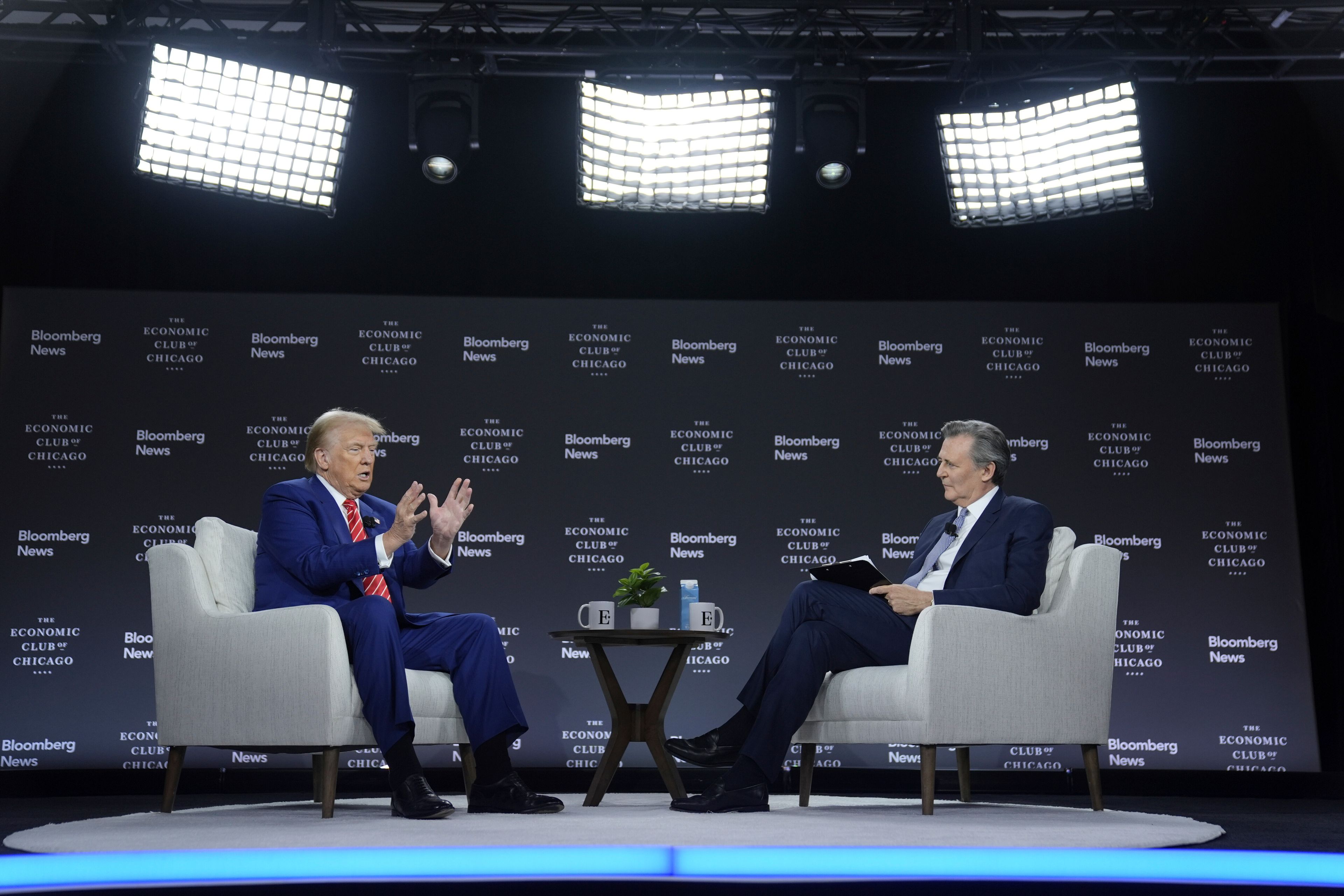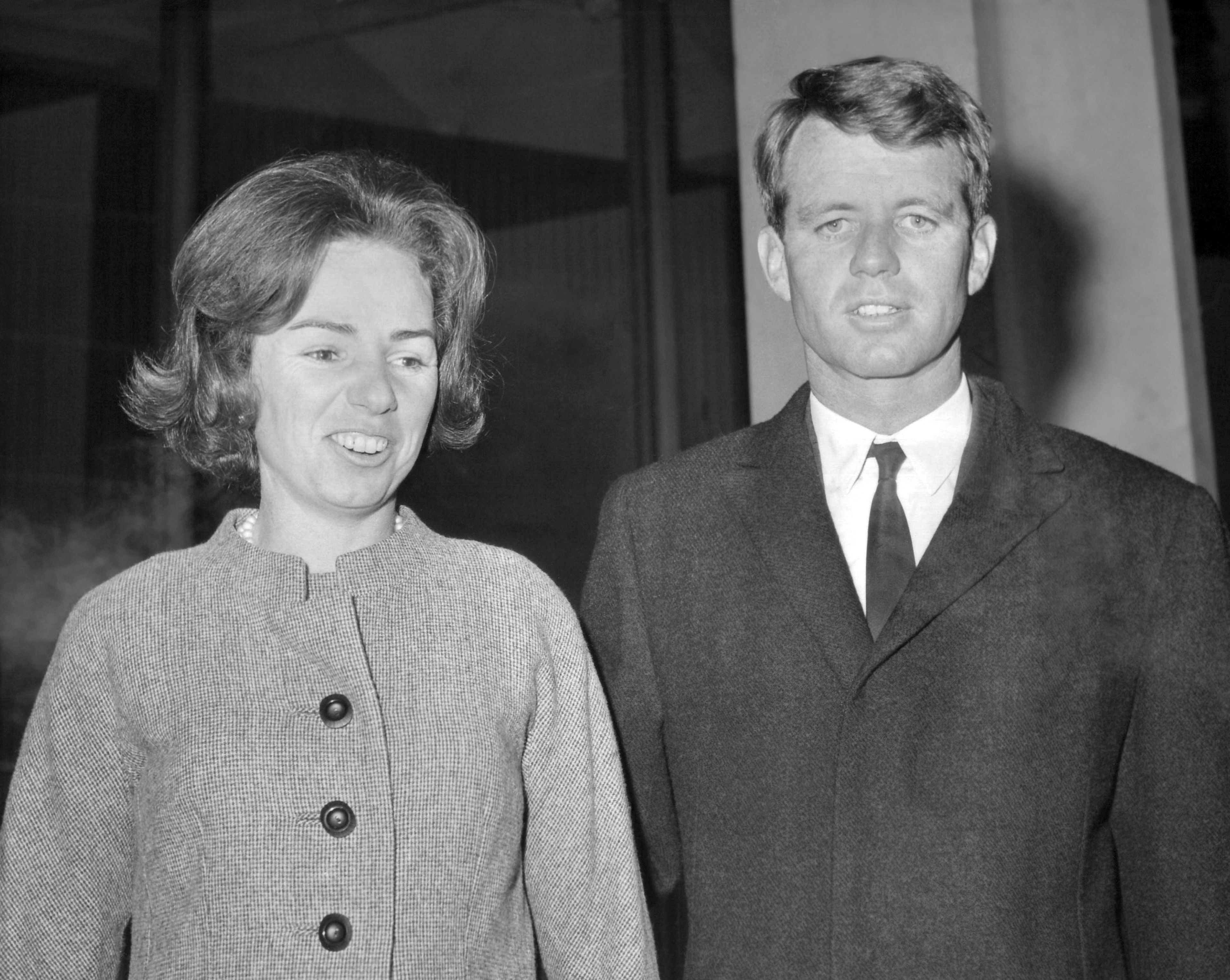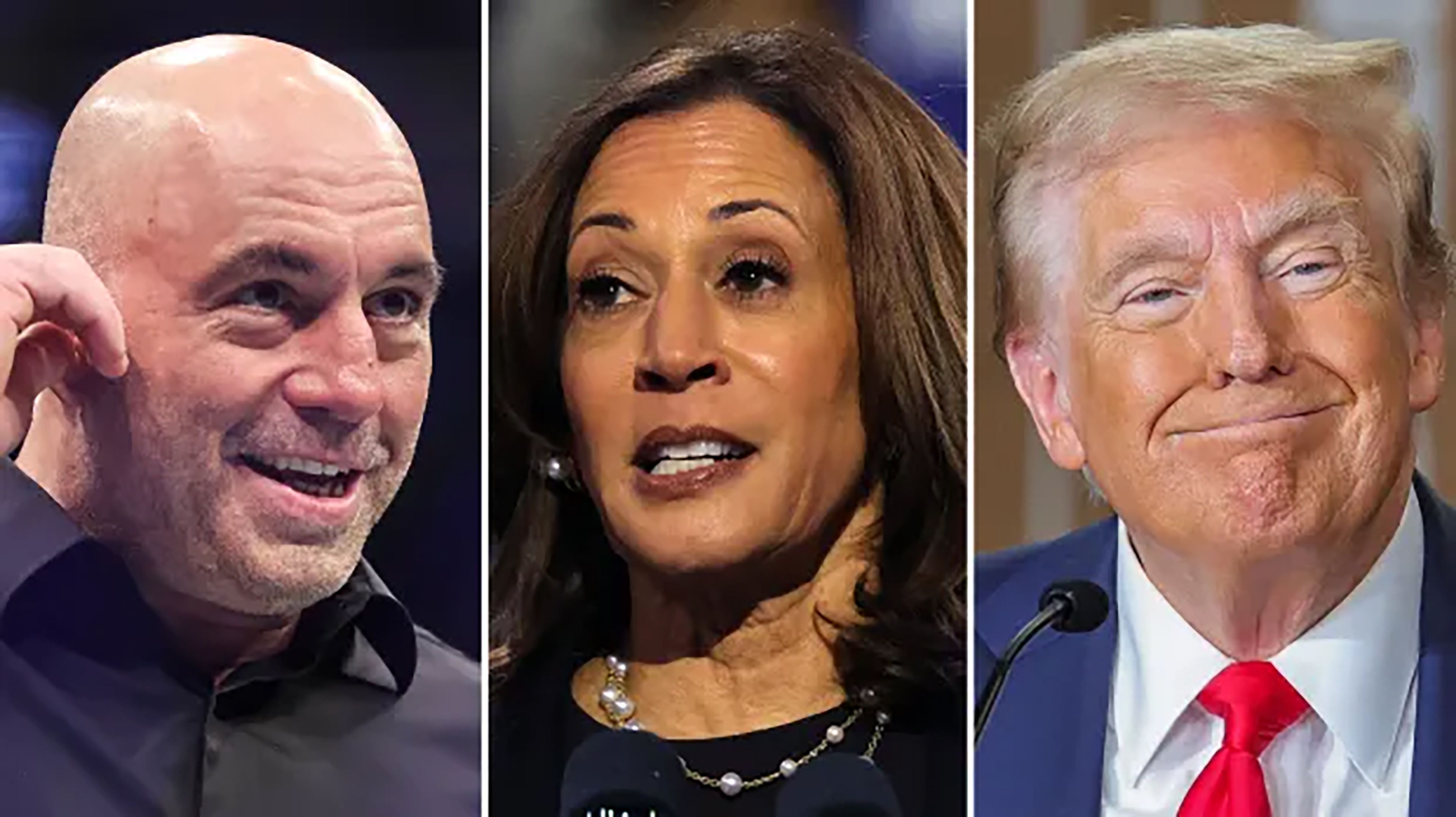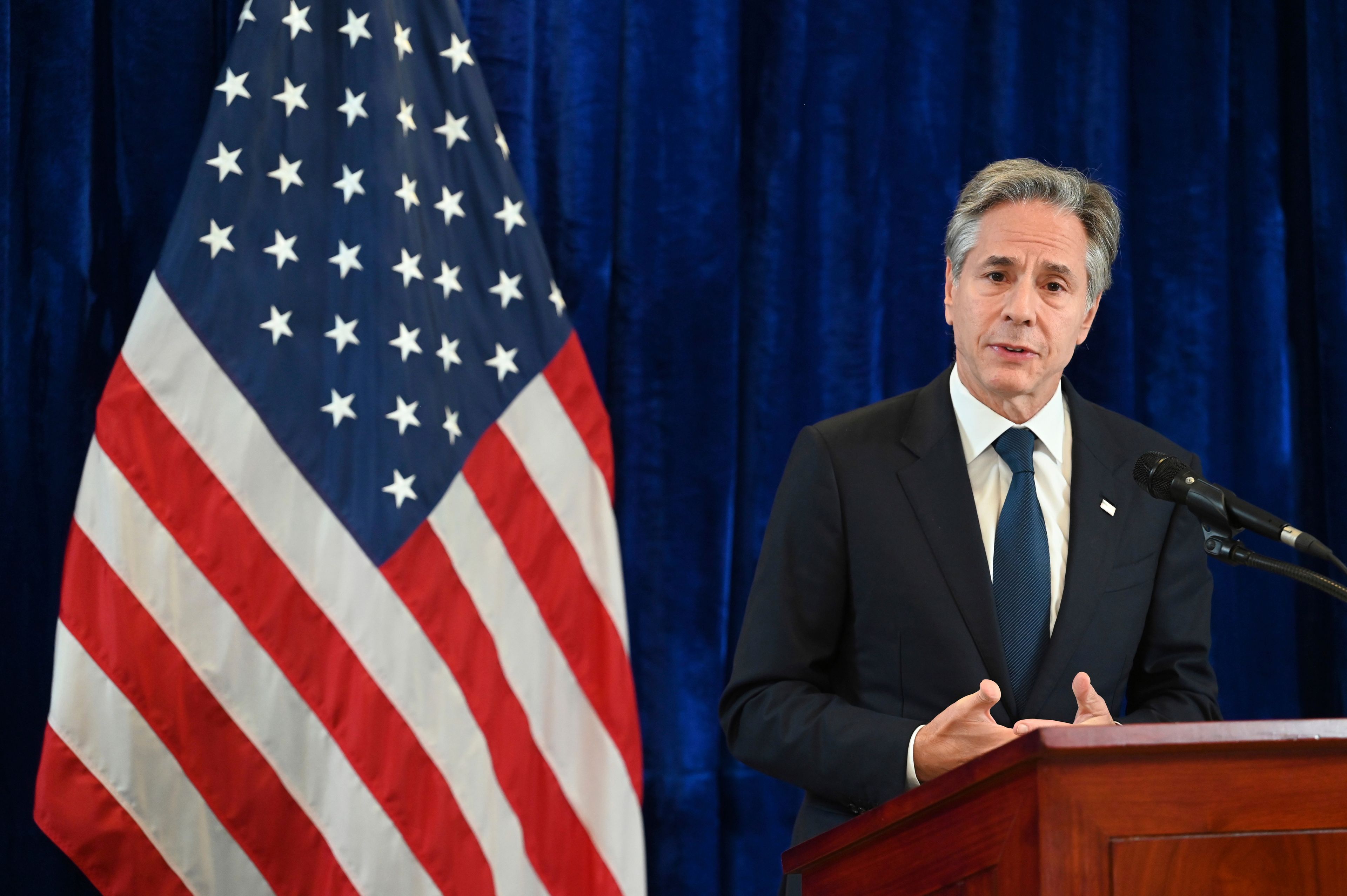Big changes for the NCAA likely to upend scholarship limits and roster sizes across college sports
Scholarships are not going away in college athletics
Cody McDavis' life changed forever with a few strokes of a pen.
McDavis grew up in a single-parent home where his mother worked three jobs to afford life's essentials. There was zero chance of paying for college if not for a basketball scholarship to Northern Colorado.
“The assumption was if I didn't get a scholarship, I was not going to college,” recalled McDavis, now an attorney for a Los Angeles-based firm.
Scholarships are not going away in college athletics, but how many there are and which sports they will apply to in coming years are among the many questions stemming from a mammoth antitrust settlement and athlete revenue-sharing plan proposed by the NCAA and its five largest conferences last week. Nearly $2.8 billion in damages over 10 years must come from somewhere.
Scholarship limits for individual teams are expected to be lifted. That could mean even more scholarships available from certain schools for money-makers like football or basketball. It could mean that programs like baseball and softball — which have to slice and dice scholarships each season — could be fully funded. But even the wealthiest schools may have to make tough choices when it comes to investing in which sports.
The days of the straightforward national letter of intent, first implemented in 1964, are likely a thing of the past.
“I do think the athletic scholarship is going to change. I think the relationship between college and the athlete is going to change,” said Gregory Kaliss, an author and researcher at York College in Pennsylvania who has written about college athletics.
PARSING SCHOLARSHIPS
The NCAA says its Division I and II member schools provide more than $3.6 billion in athletic scholarships annually to more than 180,000 athletes. Yet not all scholarships are created equal.
For example, Bowl Subdivision football programs in Division I can dole out 85 full scholarship; those in the Championship Subdivision can hand out 63, but those are considered “equivalency scholarships,” which means they can be divided or parsed to provide partial scholarships to more athletes. Division II programs tend to carve up their 36 scholarships for multiple players.
That's a familiar step for coaches in charge of much smaller rosters: As of now, schools can distribute 11.7 scholarships across a baseball roster of 32 players; a men’s soccer team can offer 9.9 full scholarships, a softball team 12.
What happens when the settlement terms begin, perhaps by fall 2025? A school could raise those roster sizes but will they commit to more scholarship money? Will they look for athletes who may not need the help because they have lucrative name, image or likeness deals?
“We have limited time to prepare for these changes,” Illinois athletic director Josh Whitman said in a public letter. “All athletic programs, including those in the Big Ten, face very real financial constraints. On our campus, we must determine what we can afford, who will receive these new scholarship or revenue sharing benefits and in what amounts.”
Florida softball coach Tim Walton, whose team advanced to the Women's College World Series this past weekend, said he's been on campuses where programs were dropped for financial reasons and, while he believes revenue sharing is the right thing to do, it could lead to the elimination of Olympic sports.
"That’s the reality. We’re just not going down a sustainable model for every athlete, every coach, every university, every program," he said.
HOW BIG IS TOO BIG?
Two power conference administrators told Yahoo Sports they plan to add more than 100 additional scholarships at $9 million to $10 million each year. Clemson, which with 21 sports is smaller than the likes of Stanford (38), is planning for additional scholarship spending of $5 million to $7 million annually once the settlement terms are enacted.
That sets the stage for a much different recruiting landscape. Prospects and their families will likely need advocates and advisers ensuring that colleges live up to agreements amid all the uncertainty, said McDavis, who got his law degree from UCLA after graduating from Northern Colorado. He worries the new spending will attract problems.
“These leeches come out as street professionals,” McDavis said. “Suddenly, they know the best and they're going to take a nice fee off the top of it. There's going to be grifters.”
Karissa Niehoff, the CEO of the National Federation of State High School Associations, noted that 96% of teens who play high school sports don’t play in college. The organization has helped state federations be a resource for overwhelmed parents and expects the same thing to happen once the settlement details are firmed up.
“We're doing our best to stay educated around what the reality is,” she said. “Around this deal, we're not there yet."
McDavis said he understands all too well the work college athletes put in and are deserving of compensation. He was also nostalgic about what will be lost — the notion of an amateur's joy at achieving next-level success — in the shift to a more professional contract.
“There's something about it that we all recognize as beautiful,” McDavis said. “I think that is the thing that we're destroying.”
AP Sports Writer Mark Long contributed to this report.
—-
AP college sports: https://apnews.com/hub/college-sports
